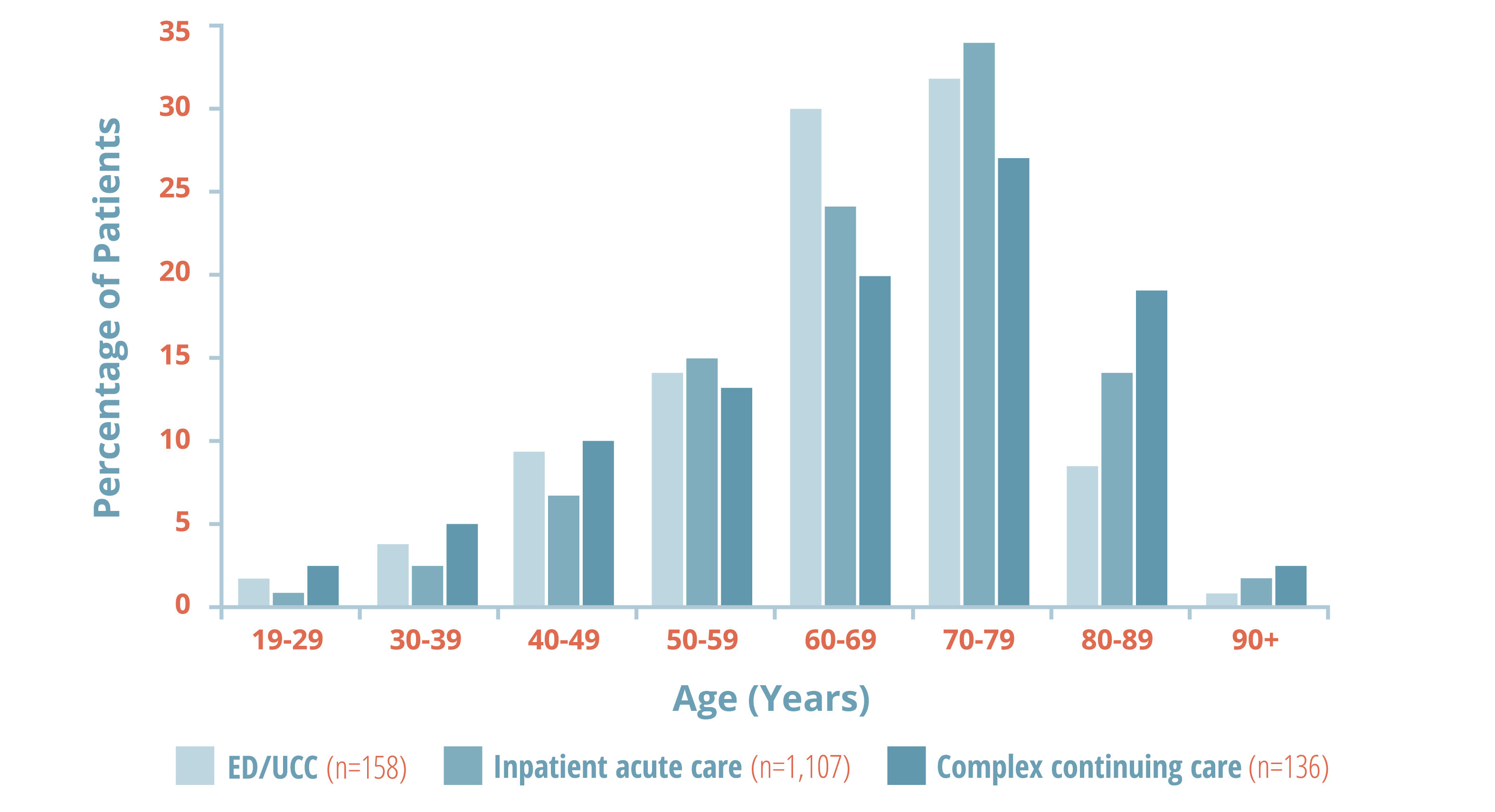Challenges of ALS
Amyotrophic lateral sclerosis (ALS) is a devastating and rapidly progressive neurodegenerative disease characterized primarily
by motor neuron loss resulting in progressive weakness, disability, and eventually death. Disease heterogeneity
and historically poor survival rates make ALS a clinically challenging disease to research and trial.1







